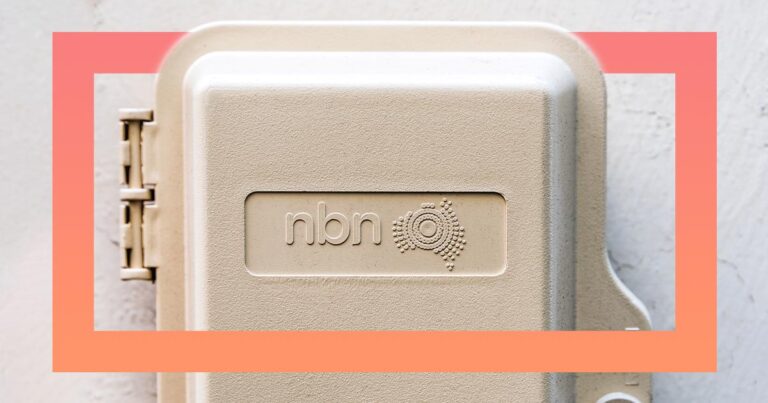Optus Mobile Review ALDI Mobile Review Amaysim Mobile Review Belong Mobile Review Circles.Life Review Vodafone Mobile Review Woolworths Mobile Review Felix Mobile Review Best iPhone Plans Best Family Mobile Plans Best Budget Smartphones Best Prepaid Plans Best SIM-Only Plans Best Plans For Kids And Teens Best Cheap Mobile Plans Telstra vs Optus Mobile Optus NBN Review Belong NBN Review Vodafone NBN Review Superloop NBN Review Aussie BB NBN Review iiNet NBN Review MyRepublic NBN Review TPG NBN Review Best NBN Satellite Plans Best NBN Alternatives Best NBN Providers Best Home Wireless Plans What is a Good NBN Speed? Test NBN Speed How to speed up your internet Optus vs Telstra Broadband ExpressVPN Review CyberGhost VPN Review NordVPN Review PureVPN Review Norton Secure VPN Review IPVanish VPN Review Windscribe VPN Review Hotspot Shield VPN Review Best cheap VPN services Best VPN for streaming Best VPNs for gaming What is a VPN? VPNs for ad-blocking These are different terms for the same modem device that’s used to connect homes to the NBN. Because NBN is a specialised network, you need to use an NBN box/NTD/modem provided by NBN Co to get online. This critical networking device is usually sent out to your home when you order a new NBN plan, but it should already be there if you’re moving into a property that’s previously been connected to the NBN. Here are the technology types that use an NBN Box/NTD/modem:
Fibre-to-the-Premises (FTTP) Hybrid Fibre Coaxial (HFC) Fibre-to-the-Curb (FTTC) NBN Fixed Wireless Sky Muster satellite NBN
The only time you’d need to change the NBN box in your home is if you upgrade the technology from a non-FTTP connection to an FTTP connection. Still, the process is the same: order a plan from an NBN provider and get them to organise the equipment with NBN Co. NBN modem-routers, though, are used for two very specific types of NBN technology: Fibre-to-the-Building (FTTB) and Fibre-to-the-Node (FTTN). These two NBN technologies are reliant on the VDSL2 standard—used to get the best broadband speeds out of copper wiring—which means they need a modem-router to get the internet and share it around the home. Basically, modem-routers are a modem and router rolled into a single device. Modem-routers can also be configured for use as routers. For all other NBN technologies, any modern router (and most older ones) will work with the NBN box/NTD/modem options listed above. This means you can save money by using a BYO router between providers. The only proviso there is Telstra, Optus and Vodafone tend to push their NBN users towards an included modem-router (compatible with all NBN technologies), which is worth using to streamline the support process. The only type of NBN box/NTD/modem that you should hear making noise is the one used for FTTC connections. This type of NBN connection box will have an audible clicking sound on start-up during a reverse-power request to the distribution point unit (DPU) inside the nearest telecom pit. Jargon aside, the main thing to remember is constant clicking from an FTTC connection box may indicate a problem and you should contact your NBN provider. It’s a similar story with router and modem-router lights, even though the brands and models are different. Solid green, blue or white lights tend to indicate business as usual, while flashing lights (outside of LAN activity) and red lights can indicate problems. If your internet is down or not performing as you expect, look at your NBN box/NTD/modem or router lights to see if anything is amiss, then relay this information to your NBN provider to help with troubleshooting. Alternatively, try powering off any networking equipment for at least 60 seconds, then connecting it to power again to see if this fixes internet issues.
